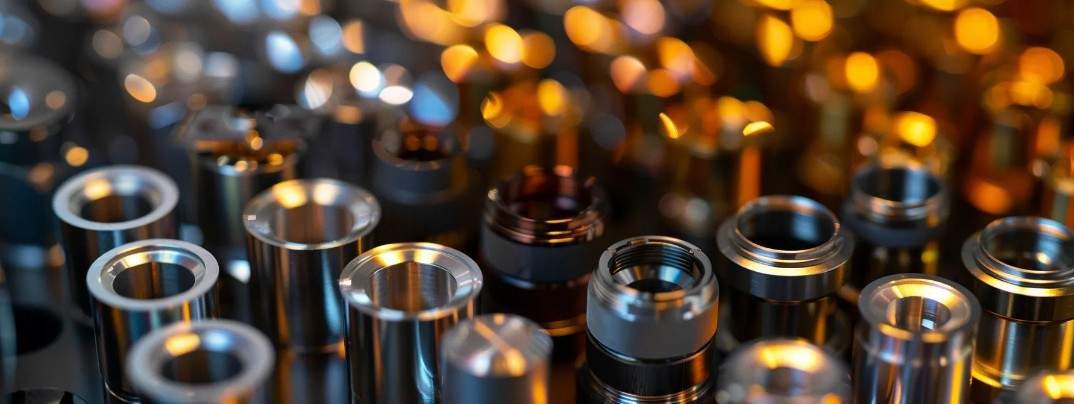In an industrial environment where precision and safety are paramount, finding the right sealing and protection solutions for equipment is crucial. Tapered long-length flanged caps and plugs come into play as a stellar option, offering a versatile and robust means to safeguard a multitude of apparatuses. Below, we delve into their importance, applications, and best practices for installation and removal to fully appreciate their impact.
Widely recognized for their remarkable sealing capabilities, tapered long-length flanged caps and plugs serve as a first line of defense for critical equipment components. These innovative solutions are designed to tightly fit over openings, preventing dirt, dust, and other environmental contaminants from compromising machinery. The extended length and flange feature of these caps and plugs offer added security, ensuring they stay in place even under duress or vibrations common to industrial settings.
Manufacturers and maintenance crews alike prize the durability and resilience these caps and plugs provide. Made from materials that withstand extreme temperatures and corrosive chemicals, they are tailored to stand up to harsh industrial conditions. Implementing these protective accouterments not only extends the life of equipment but also contributes to overall workplace safety by preventing leaks and spills that could lead to accidents. Whether it’s during production, storage, or transportation, long caps and plugs ensure that machinery and parts remain uncontaminated and functional. The elongated design is particularly beneficial as it provides coverage for deeper or irregularly shaped orifices where standard caps may not suffice.
Versatile Applications of Tapered Long-Length Flanged Caps and Plugs Across Industries

The uses for tapered long-length flanged caps and plugs stretch across a wide array of industries, proving their versatility. In the automotive sector, they are indispensable in protecting engine components, fuel lines, and various ports during assembly and shipping. In the oil and gas industry, they safeguard drilling equipment, valves, and pipes, preventing contamination from environmental elements and debris.
Aerospace applications of these sealing solutions are just as critical. With the exacting standards of the aerospace field, caps and plugs must perform flawlessly to protect sensitive components from particles and moisture. They are also essential during the intricate cleaning, painting, or coating processes, where certain areas must remain sealed off.
Beyond these sectors, pharmaceutical and food processing industries also benefit from the use of tapered long-length flanged caps and plugs. They are instrumental in maintaining sterility and preventing cross-contamination during the production and packaging processes so long as best practices are used.
Material and Design Considerations for Maximum Efficacy

When selecting the proper caps and plugs for industrial use, material and design are critical factors that determine their effectiveness. The materials used in manufacturing these items range from silicone and rubber to high-density plastics, each offering different attributes depending on the specific application requirements for standard tools. For example, silicone caps are preferred where a higher resistance to heat is necessary, while plastic might be chosen for its strength and rigidity.
The design of tapered long-length flanged caps and plugs also plays a crucial role in their performance. The tapering allows for a snug fit across a range of diameters, which is particularly helpful when sealing ports of different sizes or when exact dimensions are unknown. In addition, the flange provides an easy grip for installation and removal, as well as an external barrier that helps prevent accidental displacement.
Altogether, the adoption of tapered long-length flanged caps and plugs in industrial settings underscores a commitment to precision, efficiency, and safety. By delivering a robust seal and protection to critical machinery parts, they play an indispensable role in the smooth operation and longevity of equipment across different sectors.



